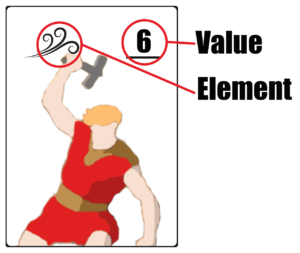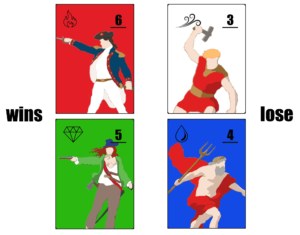What is the difference between a “working” and a “display” prototype?
Working prototypes are designed to be tested and evaluated by play testers and publishers while display prototypes are merely designed to catch distributers/buyers eyes – not actually be tested.
What is required of a working prototype, and what might cause one to fail?
It has to be clear, and playable, and thoroughly tested. If a protype has not been tested enough, this can cause it to fail.
What makes for a good prototype according to Dale Yu?
- A good first impression
- Having clear and well-written rules
- Having sensible and are well constructed components
- A good/lasting final impression
What advice from Richard Levy will help you pitch your game?
Be prepared, information is power, sell yourself first, don’t be deterred by rejection, control your ego, keep your expectations realistic, don’t hesitate, consider multiple submissions, don’t deal with invention marketing firms, get a good agent, build a good prototype, don’t overlook brand power
Where might you pitch your game?
To a publisher accepting submissions from the general public, but ideally I’d also find a publisher to pitch to that are has a background in publishing games similar in type to the one that I made.
What do publishers look for in a game?
Fun , player interaction, the ability to start playing quickly (having fun quickly), use of strategy, an interesting theme, complimentary rules and themes, immersivity, solid rules and strong mechanics, innovative rules, innovative components, easy to manufacture, product compatibility, correct target audiences, a good title, expansion potential, multi language capabilities, easy demoing, collectability
What makes a good set of Rules?
A compelling but simple overview, list of components, a clear setup, a clear gameplay with defined terms (if needed), card types and how they function, endgame/winning (scoring, how it ends), examples of play, strategy hints, optional rules, game variants, and credits



